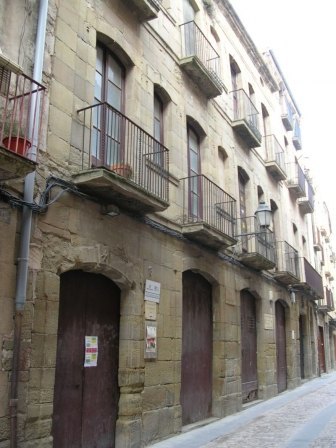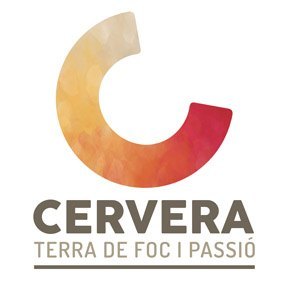monuments
CerveraTHE WALL
Monument declared a National Cultural Heritage
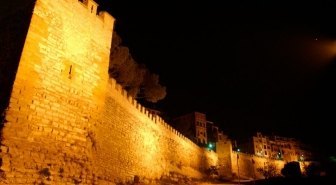
The bell tower
Cervera bells are still played totally manual
touches: Cervera bells are still played by the bell completely manual, Like hundreds of years ago. This is a surprising exception.
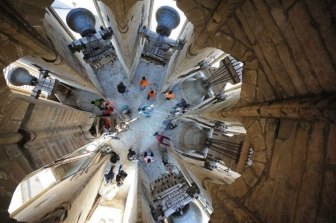
THE CHURCH OF SANTA MARIA
The bell is fitted between the church and the Town Council
They have worked to highlight the windows coli Maraya, sculpture of the Madonna and Child that is next to the Romanesque door of the sacristy, Virgin Bruna Coll de les Savines…
Another feature to note is that the tower is fitted between the church and the Town Council and it contains six bells are still surrounded by hand.
BCIN (Monument declared a National Cultural Heritage)
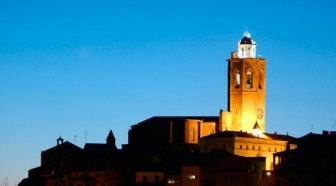
THE UNIVERSITY
The most important building in the city representative
Probably the most important building in the city representative, for its importance in history. It is a closed building, Structured around three courtyards.
The main façade is Baroque, built of stone blocks and a doorway framed by two columns on each side. On the door stands the figure of the Immaculate Conception, patron of the institution.
On the highest point stands the royal crown, reminder of the founding monarchy. The chapel and auditorium contains a magnificent altarpiece dedicated to the Immaculate, who was the patron saint of students.
BCIN (Monument declared a National Cultural Heritage)
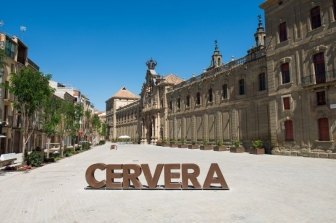
THE MONUMENT OF THE GOVERNMENT
Symbolizing the four stripes of the flag
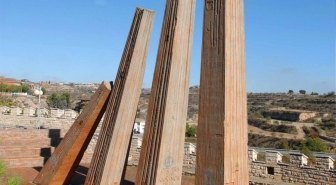
THE UNION
Housed the machinery of the flour
Its main function was to house the machinery of the flour and provide agricultural services in order to reduce consumption and costs depend on middlemen to a minimum so that farmers removed more in benefit.
BCIN (Monument declared a National Cultural Heritage)
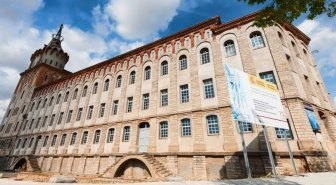
THE PAERIA CERVERA
They emphasize the brackets beneath the balconies
BCIN (Monument declared a National Cultural Heritage)
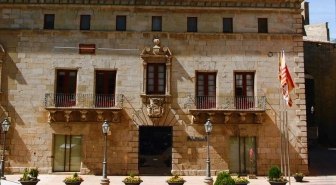
Architectural ensemble of the Jesuits
There was born the Government of Catalonia
Currently made up of geriatric Mother Janer, the municipal auditorium and the chapel of Our Lady of Fire. Here existed the St. Bernard eslésia, where years 1358 i 1359 Peter of Aragon presided the Catalan Parliament, considered an important episode in the creation of the Generalitat of Catalonia. L’any 1452 there were signed the marriage between Ferdinand of Aragon and Isabella of Castile, Catholic kings. During the time the university was co·College of San Carlos, run by Jesuits. Among played host to the philosopher Balmes, room which is still preserved.
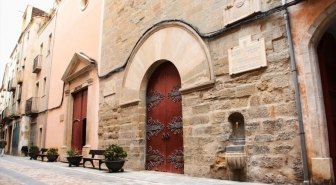
St. Peter Gross
Small circular Romanesque church
Located on the road to Vallfogona. It is a small Romanesque church steeple and circular. He is currently the only remaining of the monastery that had been linked to the monastery of Ripoll.
BCIN (Monument declared a National Cultural Heritage)
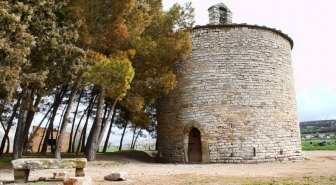
SAINT CHRISTOPHER
Chapel neoclassical
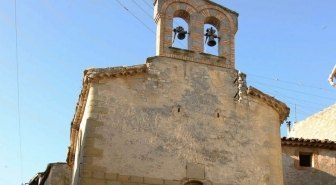
CHURCH OF SAINT MAGÍ
Venerated image of San Magin
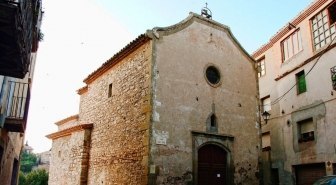
THE HOUSE DELMERA
The Government
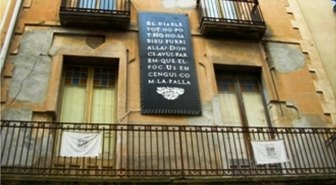
CAL Razquin
Former residence of the lords of Pedrolo
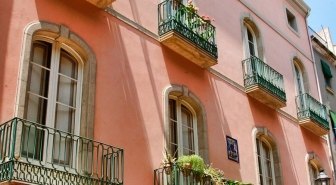
CASTLE
In his shelter was the form’ Old city core
BCIN (Monument declared a National Cultural Heritage)
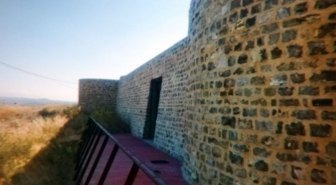
CASA MASSOT DALMASES
Main street, No.. 89-93
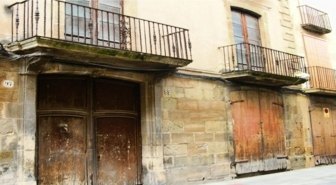
HOUSE MUSEUM AND DURAN Sanpere
Main street, No.. 115
Aesthetically belongs to the bourgeois sensibility and taste typical of the era of restoration. Casa de l'distinguished historian, archaeologist, archivist, columnist and researcher Agustin Duran Sanpere. With the facade decorated with sgraffito, on the first floor retains the same furniture and stolen the century.
There is established the Municipal Cultural Center and, currently, is the headquarters of the Regional Museum of Cervera.
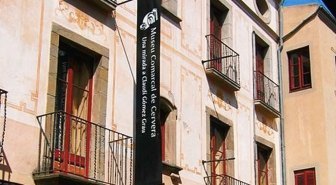
JOAN HOUSE (S. XVI)
Main street, No.. 92
The openings are typical of the attic of the manor houses of the sixteenth century Catalan. L’any 1920 the facade of the house was dismantled and rebuilt back to avoid falling. He respected the balcony, added later time.
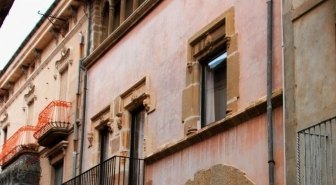
OLD CAL BARBER GREOLES
Main street, No.. 105
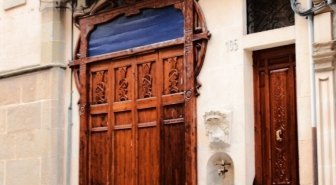
CASA LUCAYA
Modern tribune
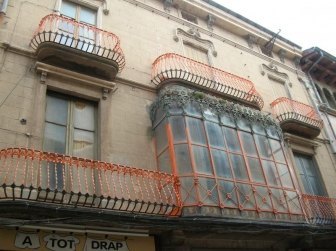
S Santo Domingo. XIV – XV
Church of the former Dominican convent
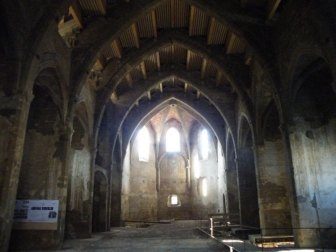
SANTA MAGDALENA s.XIV
It was part of an old hospital
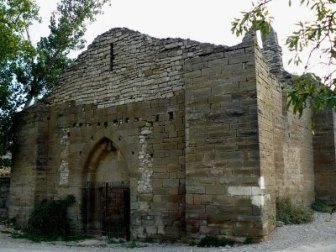
CHURCH OF SAINT JOHN
Front remodeled by Jaime Padron
